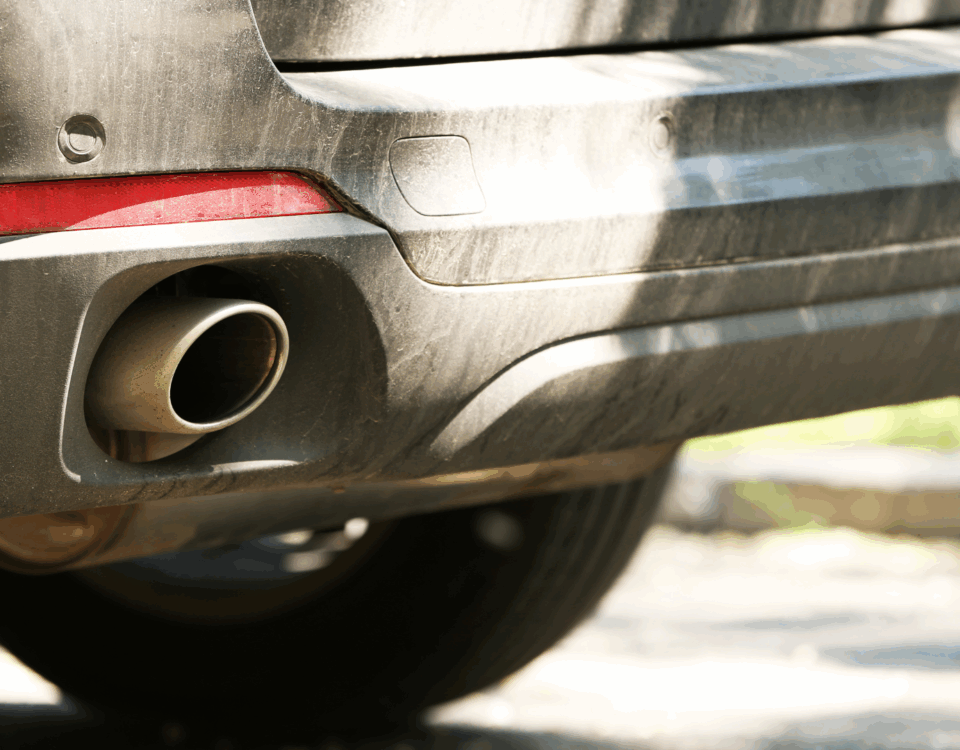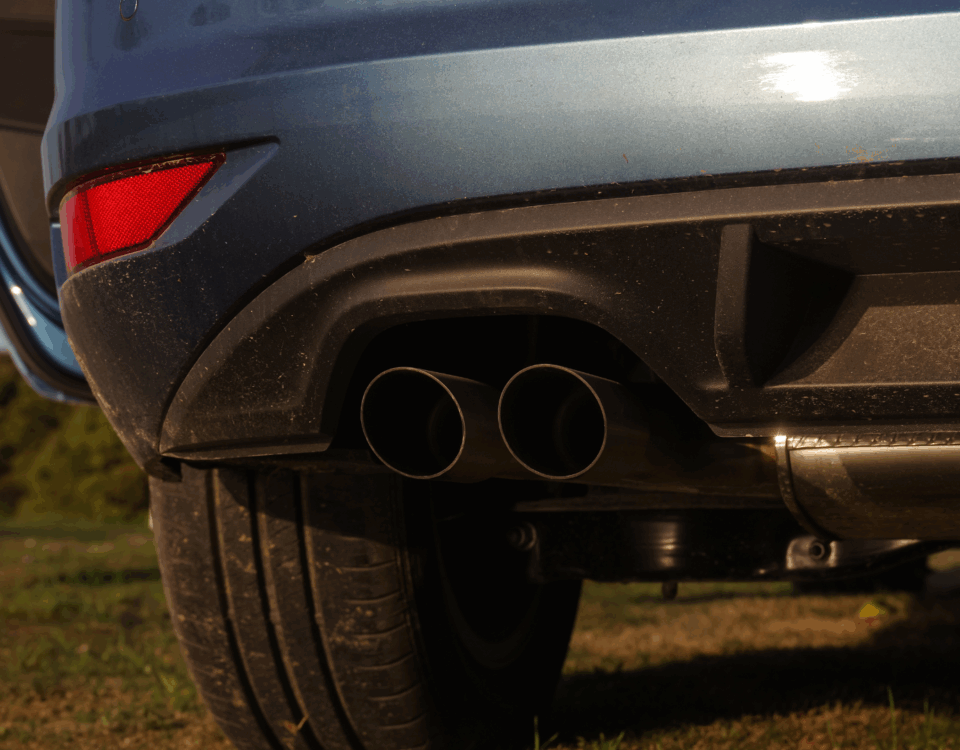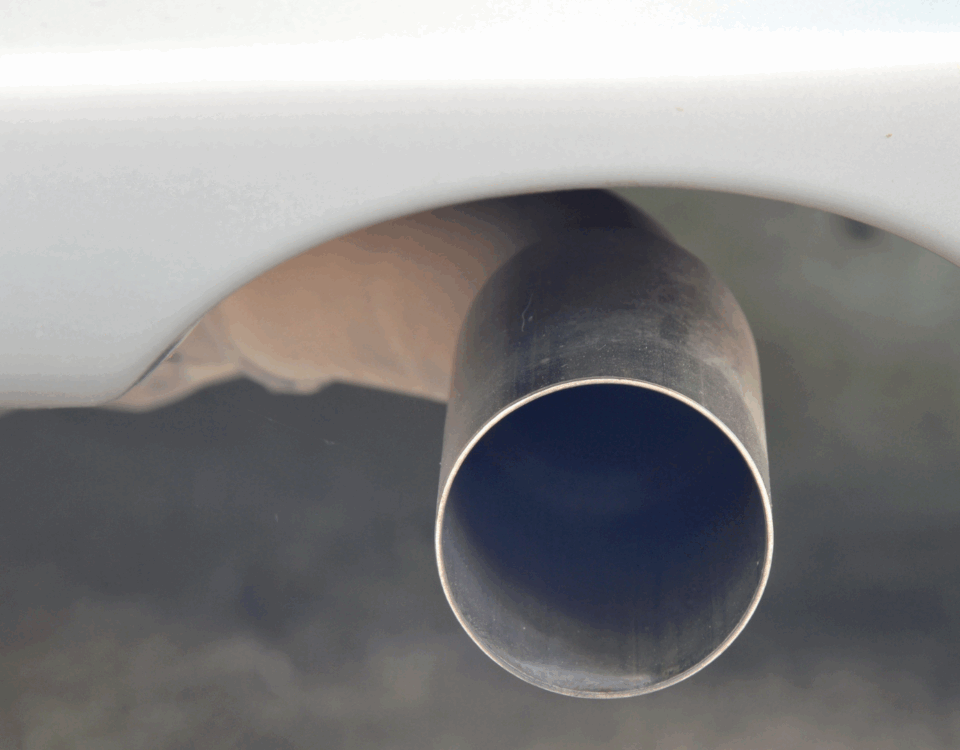Essential Tips on How to Prepare for a Smog Check
November 6, 2024Preparing Your Vehicle for a Smog Check: A Step-by-Step Guide
November 6, 2024Ensuring your car passes a Smog Check can be a seamless process when you know how to prepare. Failing a smog test not only delays your registration but also leads to costly repairs. By understanding a few essential tips and avoiding common pitfalls, you can increase your chances of passing on the first try. This guide walks you through each step to ensure your vehicle is ready for a successful Smog Check.
Check and Fix the “Check Engine” Light Before Your Smog Check
One of the most common reasons for failing a Smog Check is a “check engine” light that’s on. This light often indicates emissions-related issues, which need to be addressed before testing. Ignoring it could mean an automatic fail. Have a trusted mechanic check the codes, which could point to anything from a loose gas cap to more serious engine trouble. Even minor issues can prevent passing, so it’s critical to address the check engine light in advance of your smog test.
Drive Your Car Regularly and Warm It Up Before the Smog Check
For a successful Smog Check, your vehicle needs to be operating at optimal temperature. Regular driving helps maintain engine efficiency and keeps emissions equipment in working order. Additionally, drive your car for 10 to 15 minutes before the test to ensure it reaches operating temperature. A well-warmed engine burns fuel more efficiently and produces fewer emissions, increasing the likelihood of a pass.
Perform Routine Maintenance to Improve Your Smog Check Results
Routine maintenance is crucial for passing a Smog Check. Before the test, change the oil, inspect and replace the air filter if dirty, and make sure all fluids are topped off. Fresh oil reduces emissions because old oil can release pollutants as it heats up. Regular maintenance like oil changes and filter replacements also supports fuel efficiency, making it easier for your vehicle to meet emission standards. Be proactive with maintenance to avoid unnecessary fails and costs.
Check for Leaks and Exhaust System Issues
A leaky exhaust or faulty oxygen sensor can also cause a failed Smog Check. Exhaust leaks can lead to incomplete emissions readings, while faulty sensors cause irregular fuel burning, increasing pollutants. Inspect the exhaust system for rust, leaks, or damage, as any irregularity can be flagged in the test. A simple fix, like sealing a leak, can be the difference between passing and failing, saving you money and time.
Consider a Pre-Test Smog Check for Older Vehicles
Older vehicles tend to have more issues passing smog tests due to wear and tear. If you have an older car, consider a pre-test Smog Check. Many testing stations offer this service, where they simulate the test to identify issues without reporting to the DMV. This approach allows you to correct any problems before taking the official test. By addressing these beforehand, you avoid costly re-tests and ensure your vehicle is ready for registration.
Read More:
Essential Tips on How to Prepare for a Smog Check
Preparing Your Vehicle for a Smog Check: A Step-by-Step Guide





